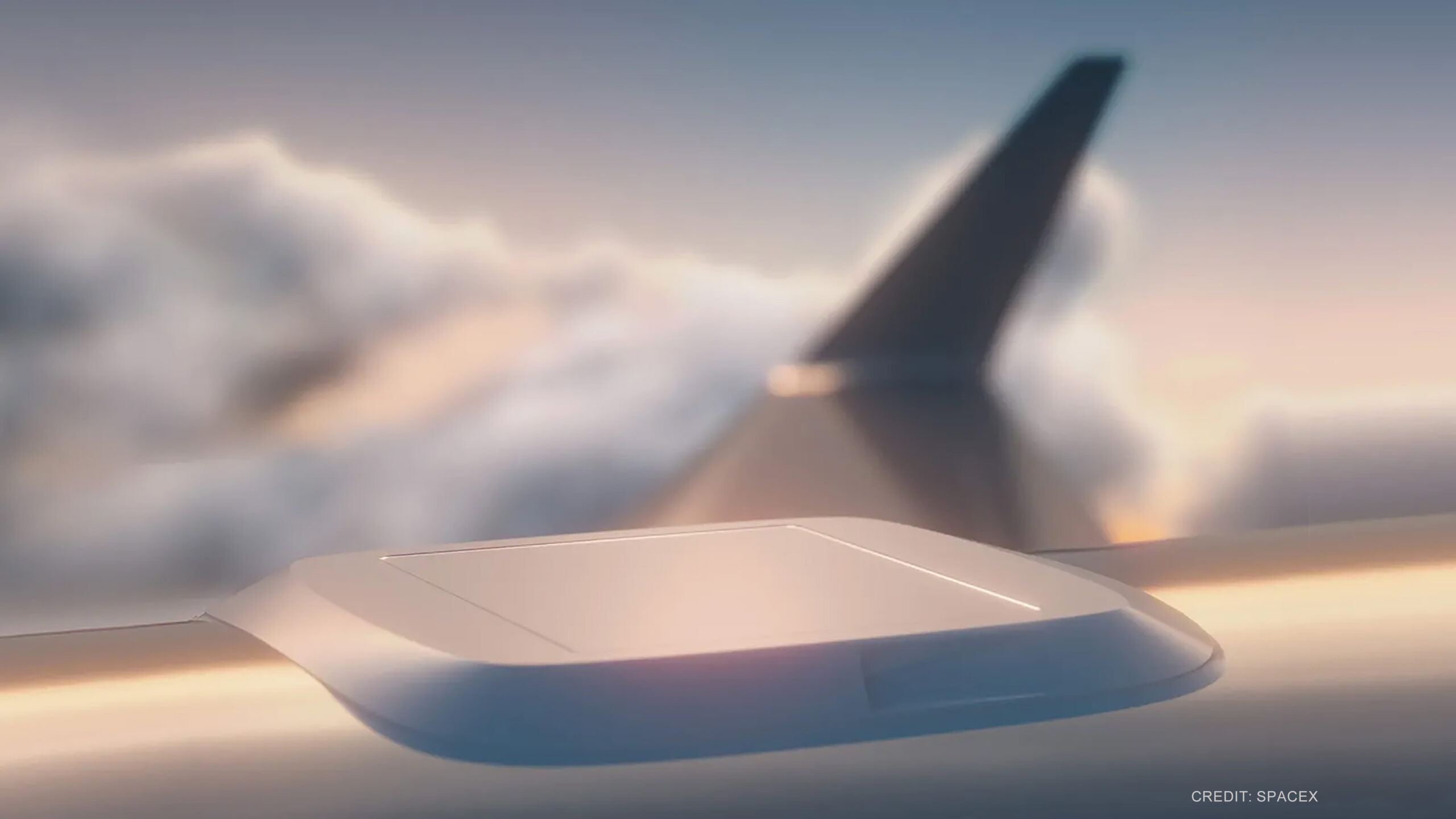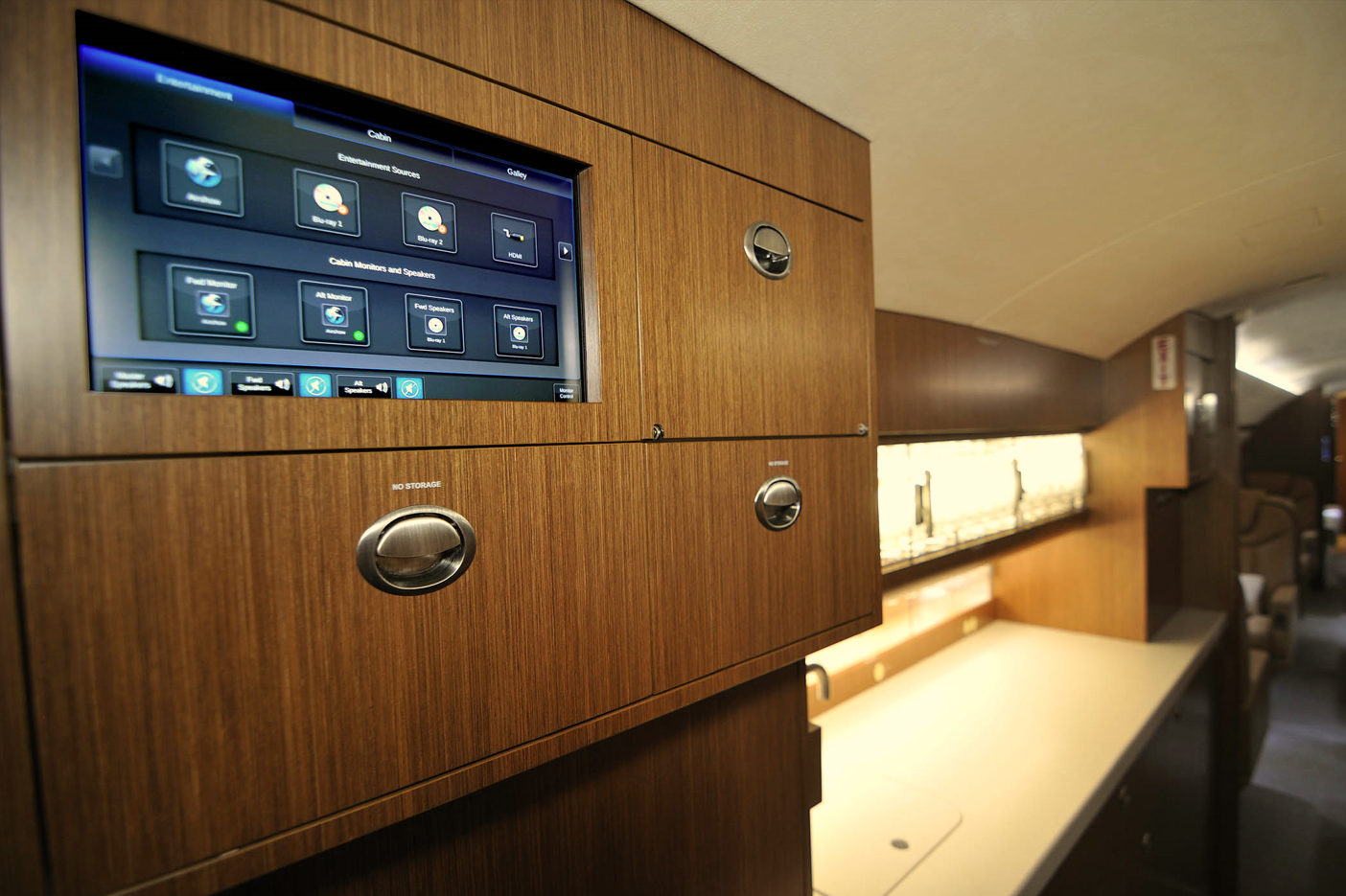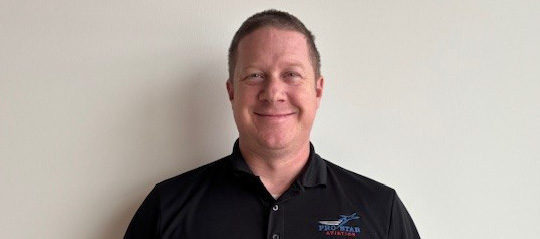Starlink Update: 6 Months In..

In the beginning of 2024, Starlink was in its infancy in the Aviation world. Experts in the business aviation industry had many concerns about how the Starlink system would work in this niche market. Now, just over six months later, several aircraft maintenance companies have had the opportunity to begin to install Starlink into business jets. At Pro Star, we have been able to complete nearly 10 installations since the beginning of the year. In total, there are now over one hundred business jets in the field with Starlink. The early reviews are in, so to speak. The results, across the board, are even better than expected. Some would say they have surpassed the expectations set by the industry after seeing their impressive demonstration at the 2023 NBAA BACE.
One challenge for Starlink that still remains, is the amount of time it takes to complete the installation. When installing Starlink outside of a planned maintenance event or interior refurbishment, anything less than three weeks to completion is highly optimistic. Despite this lengthy downtime, there are ways to capitalize on it. For instance, aircraft owners could try to align any upcoming maintenance items, instead of waiting for a major planned event.
If there are not any maintenance items that line up with the installation downtime, one of the most popular options to do while most of the aircraft interior is removed, is a cabin management/entertainment system upgrade. Getting the cabin management to a point where there’s little to no obsolete equipment is a great use of that time. In fact, it is feasible to accomplish both at the same price or even less than a Satcom installation was five years ago. Additionally, there are many companies that have systems that don’t require much in the way of interior alterations of refurbishment.
While interior refurbishment might sound like a likely option to combine downtime efforts, typically the downtime and planning for that type of effort is even longer than getting on the queue to install Starlink. However, taking measurements for a replacement carpet or softgoods replacement in the future is a wise use of the time. Accomplishing deep cleaning, cabin detailing or minor repairs are also a great use of the time.
As far as installation STC status goes, there have been some recent changes. First, Bombardier has endorsed the STC from Nextant, while Embraer intends to do the same. Dassault is also in the midst of incorporating its own design for both the 2000 and the 7X/8X. Additionally Gulfstream and Textron are starting design efforts for their fleet of aircraft. All of these developments indicate that, before long, there will be OEM endorsed solutions for every major large business aircraft. Nextant is also looking into providing insurance coverage for any airframe warranty concerns for its current STC solutions on Gulfstream aircraft. Because of this, many of the early concerns relating to Gulfstream and other manufacturers are being put to bed, as they are either endorsing the solution or there will be insurance to allay concerns about warranty infractions.
Nextant has also begun work on creating a different antenna shroud that will better accommodate smaller aircraft, such as Challenger 300 series, Praetors and Phenoms. While there doesn’t seem to be a clear road map to the Starlink Mini system being retrofitted for aviation use, there have been talks amongst industry experts that introducing a smaller form factor for light aircraft will be imperative to capture that market sector. Despite these potential changes, the current antenna design will be here to stay for a long time and subtle changes in antenna design will be easy to adapt to the Nextant antenna shroud. In the satcom world size matters so the large format antenna will always produce better results than a smaller form factor. The mid-year reception is officially in, and the reviews are glowing. Starlink has maintained a high reputation within the field, despite a rocky and skeptical beginning. As someone who had concerns, myself, I am happy to report that there seems to be nothing but good things ahead for Starlink and in-flight connectivity as a whole. It appears that the future of Starlink will be long, fruitful, and bright.



